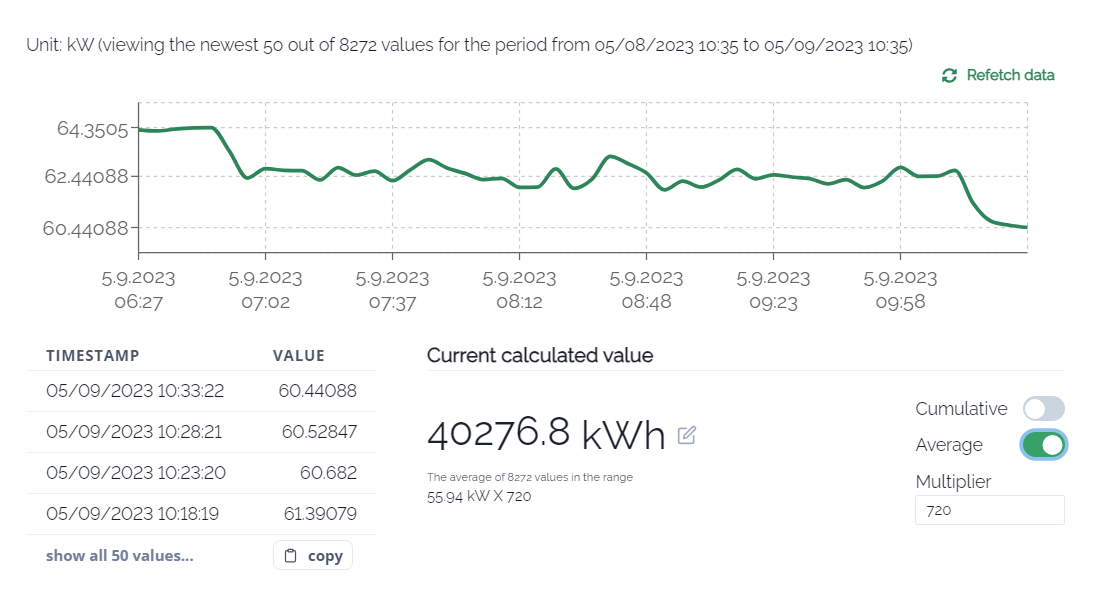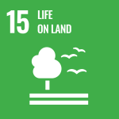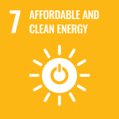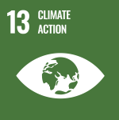To tackle climate change, the European Parliament adopted the European Climate Law, which raises the EU’s target of reducing net greenhouse gas emissions at least 55% by 2030 (from the current 40%) and makes climate neutrality by 2050 legally binding (source: European Parliament).
As a matter of fact, cities including industries consume 78% of the world’s energy and produce more than 60% of all carbon dioxide and significant amounts of other greenhouse gas emissions (source: United Nations). Carbon Footprint is the fastest-growing part of the environmental footprint representing 60% of the ecological footprint of human activities.
The monitoring of the environmental performance and certification through Carbon Footprint calculation and LCA can help you to identify further areas for improvement and to support the progress towards carbon-reduction targets aligned with the Paris Agreement.
Environmental Impact Monitoring & Reporting using EFB’s LCArt tool.
Environmental Impact Monitoring & Reporting using EFB’s LCArt tool.

frequently asked questions
frequently asked questions
What is a Life Cycle Assessment (LCA)?
Life Cycle Assessment is a holistic approach to understanding the environmental consequences of human activities. It provides a systematic framework for assessing the environmental impact of products and processes, enabling organizations to make informed decisions, improve sustainability, and meet environmental goals. It takes into consideration the three life stages of a product, from the extraction of the primary products to the production and use phase closing to the end-of-life activities.
Why is LCA important?
LCA empowers organizations to make data-backed choices, prioritize sustainability, and take concrete steps towards reducing their environmental impact. It is an invaluable tool for businesses and industries committed to environmental stewardship and responsible decision-making.
How do I interpret LCA results?
Interpreting LCA (Life Cycle Assessment) environmental impact data is vital for informed decisions. Start with clear objectives and system boundaries, analyze impact categories and data quality, and identify hotspots. Comparative analysis and scenario modeling guide choices. Transparent communication, continuous improvement, and multidisciplinary collaboration are essential.
Does LCArt support the all the types of LCA?
LCArt can be used for analysis using the attributional approach for cradle-to-grave. According to the modeler can be used also for partial LCA such as cradle-to-gate, gate-to-gate, gate-to-grave.
For which products can it be used?
Our users create both Products and Services covering variable sectors such as food industry and agricultural activities, service providers as well as rapid prototyping processes for advanced materials. Using the latest versions of internationally recognized Databases LCArt provides information for multiple countries and regions. This allows the modeler to access multiple Reference Products with variety of technologies.
How can my organization benefit from using a Real-Time LCA platform?
Using a Real-Time LCA platform offers significant advantages, including cost savings through streamlined data processes and resource optimization on demand taking advantage sensors across the organization. It facilitates sustainability improvements by providing insights for targeted eco-friendly initiatives and fostering innovation using an alarming system with user-defined emissions and indicators thresholds.
What is a Life Cycle Assessment (LCA)?
Life Cycle Assessment is a holistic approach to understanding the environmental consequences of human activities. It provides a systematic framework for assessing the environmental impact of products and processes, enabling organizations to make informed decisions, improve sustainability, and meet environmental goals. It takes into consideration the three life stages of a product, from the extraction of the primary products to the production and use phase closing to the end-of-life activities.
Why is LCA important?
LCA empowers organizations to make data-backed choices, prioritize sustainability, and take concrete steps towards reducing their environmental impact. It is an invaluable tool for businesses and industries committed to environmental stewardship and responsible decision-making.
How do I interpret LCA results?
Interpreting LCA (Life Cycle Assessment) environmental impact data is vital for informed decisions. Start with clear objectives and system boundaries, analyze impact categories and data quality, and identify hotspots. Comparative analysis and scenario modeling guide choices. Transparent communication, continuous improvement, and multidisciplinary collaboration are essential.
Does LCArt support the all the types of LCA?
LCArt can be used for analysis using the attributional approach for cradle-to-grave. According to the modeler can be used also for partial LCA such as cradle-to-gate, gate-to-gate, gate-to-grave.
For which products can it be used?
Our users create both Products and Services covering variable sectors such as food industry and agricultural activities, service providers as well as rapid prototyping processes for advanced materials. Using the latest versions of internationally recognized Databases LCArt provides information for multiple countries and regions. This allows the modeler to access multiple Reference Products with variety of technologies.
How can my organization benefit from using a Real-Time LCA platform?
Using a Real-Time LCA platform offers significant advantages, including cost savings through streamlined data processes and resource optimization on demand taking advantage sensors across the organization. It facilitates sustainability improvements by providing insights for targeted eco-friendly initiatives and fostering innovation using an alarming system with user-defined emissions and indicators thresholds.
In need of our services? You just have to contact us!
In need of our services? You just have to contact us!
For any kind of queries, please call
(+30) 2310 222 072
79 Dekatis Evdomis Noemvriou St, GR-55534, Thessaloniki






